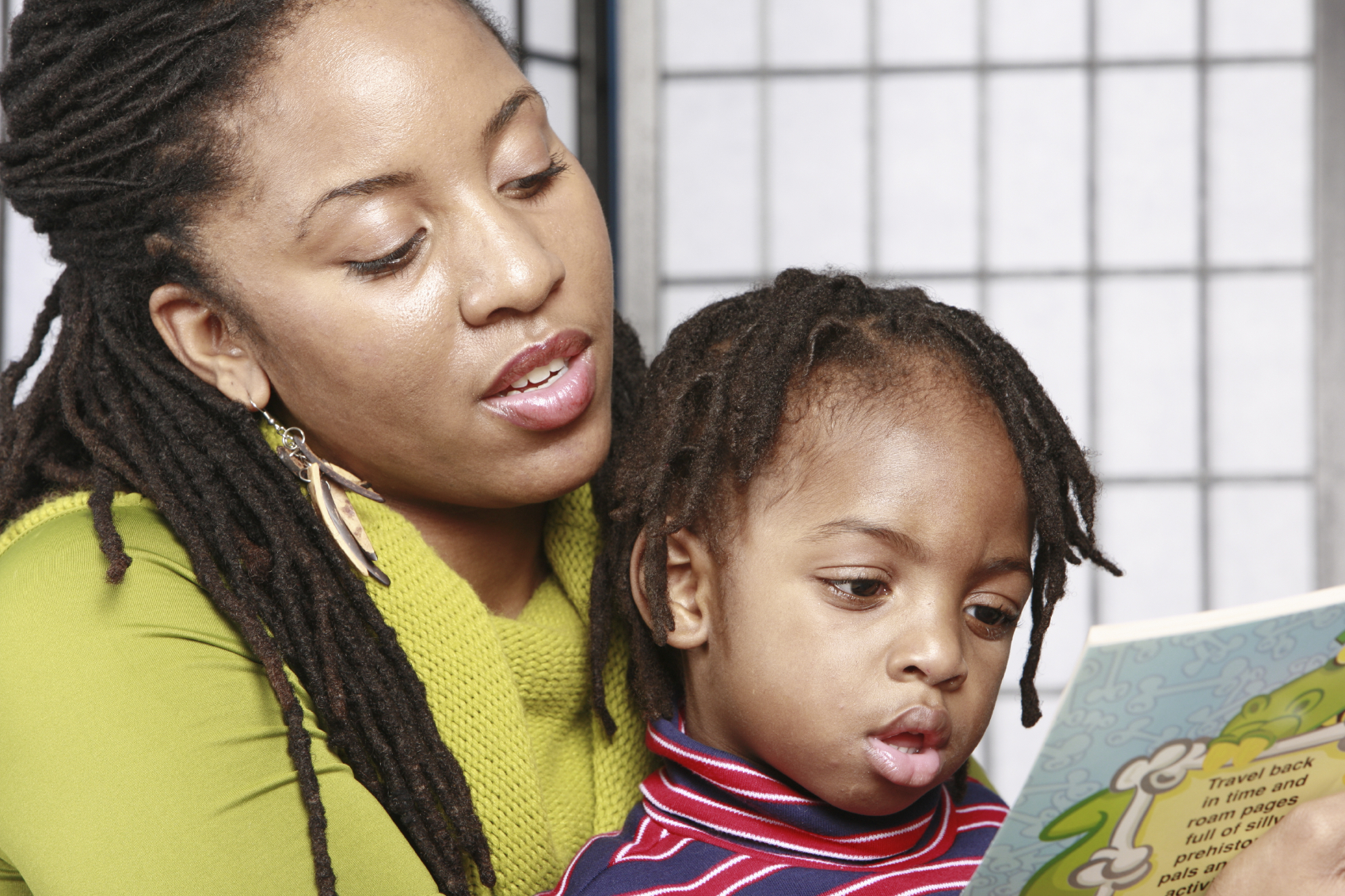 As a mother who is also an elementary teacher, I have always worked on reading with my child. Since he was a baby, I read with him daily. As he became a more capable reader, I shifted some of the reading responsibility to him. It is natural for us to work together on comprehension skills and decoding strategies, but I forget that not every parent is a teacher.
As a mother who is also an elementary teacher, I have always worked on reading with my child. Since he was a baby, I read with him daily. As he became a more capable reader, I shifted some of the reading responsibility to him. It is natural for us to work together on comprehension skills and decoding strategies, but I forget that not every parent is a teacher.
When I meet with parents in the fall, I share with them a list of strategies to tackle unknown words at home and other habits that support reading. Every year, parents tell me that they only remember to try “sounding it out.” While sounding it out can help at times, there are many words that this strategy is ineffective. There are high-frequency words that need to be memorized or words that just don’t follow the taught phonics rules.
Here are some of the ways that you can help your child become a stronger reader:
1. A child who doesn’t read with expression often reads slowly and robotically. If the reading is really slow, this impacts a child’s ability to comprehend the details of a story. In order to help, it is critical that your child has several opportunities to re-read favorite books. A reader can practice expression (how it sounds to the listener) and fluency (speed) with known books when they aren’t held up by having to decode unknown words.
2. It is extremely important for your child to increase his or her reading stamina by spending time reading independently; however, don’t forget to continue reading out loud to your child. This way, you are modeling what ‘good readers’ sounds like. You can also support comprehension by stopping throughout the story and asking your child questions:
- What do you think will happen next? Why do you think so?
- Is there a character that you like more than the others? Why?
- If another story started where this one ended, what would happen?
3. Children should have experiences reading both fiction and nonfiction books. Nonfiction books have specific text features that are different from fictional stories. Readers should be encouraged to notice labeled photographs and to read at a slower pace in order to absorb the information when reading a nonfiction text.
4. Tell your child to use the pictures! Many children get the impression that they are cheating by using the pictures. This is an important strategy that should be encouraged. With this in mind, select books where the pictures match what is in the text. Before reading any of the text, look at each page with your child and point out the pictures that support the words in the story.
5. Know the difference between reading for enjoyment and working with your child on reading. I don’t recommend reading instruction during your nightly reading routine, because that should be a time to enjoy a story together without pressure.
6. If your child comes across a word that he or she can’t read, resist the urge to tell your child what the word is right away. Try different ways to find out the word together:
- Does the picture give us a clue?
- What about skipping the word and then coming back?
- Can we break up the word into smaller pieces?
- Did your child see the word on a different word?
If your child still can’t figure out the word, provide it and continue your reading together. Letting the child try first is more time consuming and can require more patience, but in the long run helps your reader develop the skills and confidence needed.
Happy reading!











